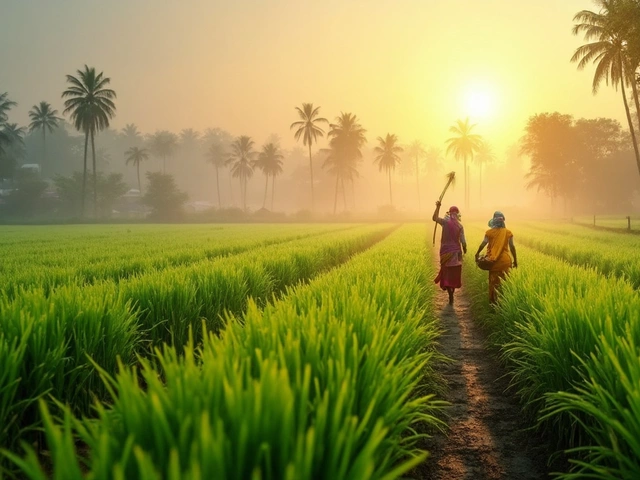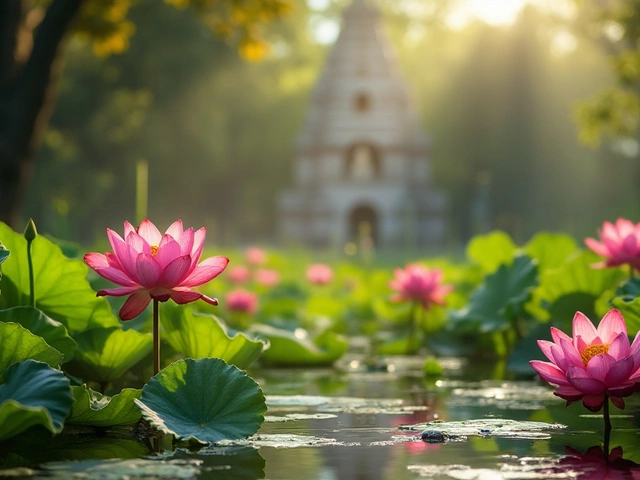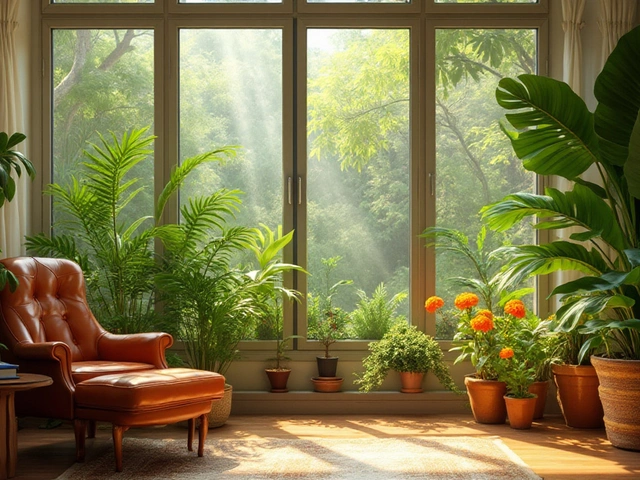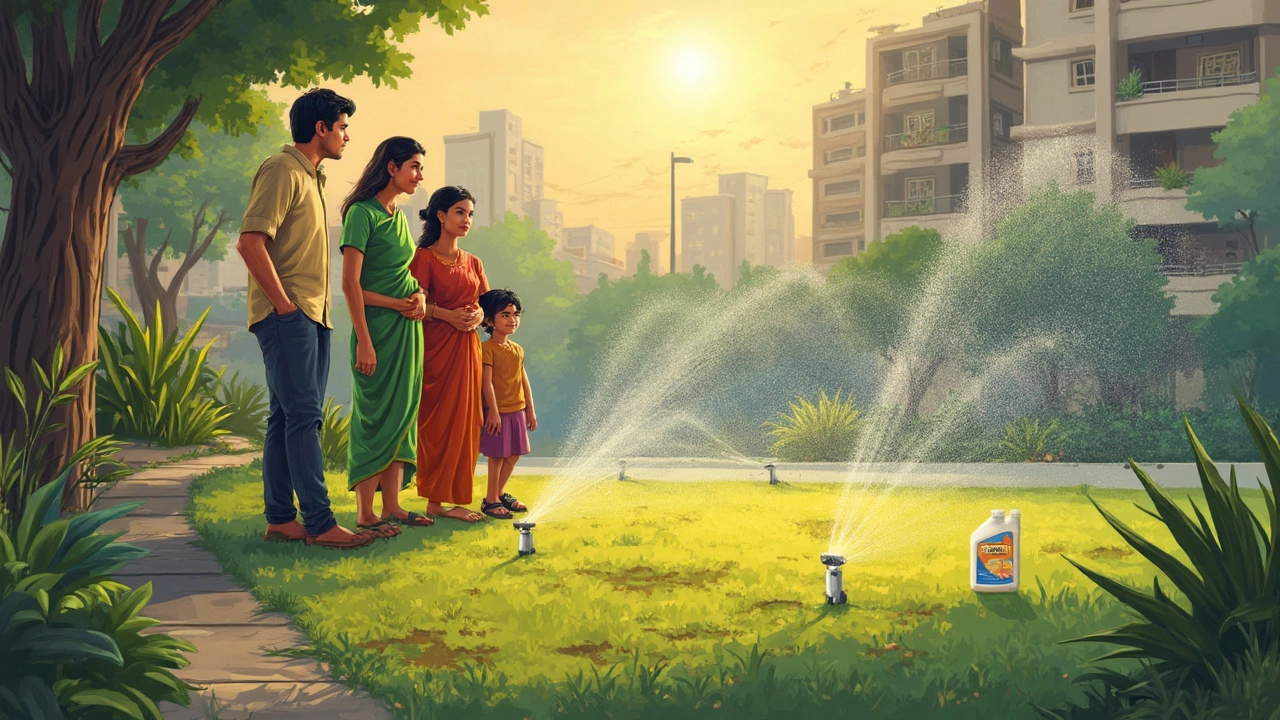Stop Water Waste in Your Garden – Easy Steps to Save Every Drop
If you’re watching the water bill go up, you’re not alone. Gardens can gobble up a lot of water, but a few smart habits make a huge difference. Below are practical actions you can start today to cut water waste, keep your soil happy, and grow healthier plants.
Choose the Right Irrigation Method
Traditional sprinklers spray water in the air, losing up to 30 % to wind and evaporation. Switching to drip irrigation or a drip tape system puts water right at the root zone where plants need it most. The How Deep Should Drip Irrigation Lines Be Buried? guide shows the ideal burial depth for consistent delivery. When you install a drip line, run it along each row, use pressure regulators, and flush the system each season to prevent clogs.
Water at the Best Time of Day
Morning is the sweet spot for watering. The sun is low, so water soaks into the soil before it can evaporate. Avoid watering in the heat of the day – you’ll waste energy and may scorch leaves. If you have a timer, set it for early morning and you’ll see less runoff and healthier roots.
Another tip: let tap water sit for a few hours before you use it on sensitive plants. This lets chlorine evaporate, which can otherwise stress foliage. The How Long to Let Tap Water Sit Before Watering article explains the timing.
Mulch Like a Pro
Apply a 2‑3 inch layer of organic mulch (straw, wood chips, or leaf mold) around your plants. Mulch creates a cool barrier that slows evaporation, keeps weeds down, and adds nutrients as it breaks down. It’s a cheap, low‑effort way to keep soil moisture steady for weeks.
For raised beds or container gardens, use lightweight mulch that won’t drown the roots. A thin layer of gravel works well for Mediterranean plants that love good airflow.
Select Water‑Smart Plants
Not every plant needs the same amount of water. Group drought‑tolerant species together – think lavender, rosemary, and succulents – and give them the same watering schedule. Native grasses and wildflowers also thrive on less water once they’re established.
If you love veggies, consider crops like okra, eggplant, and certain beans that tolerate dry spells. Pair them with companion plants that shade the soil and reduce evaporation, a concept called "sister plants" in the Sister Plants guide.
Maintain Your Soil
Healthy soil holds water better than compacted ground. If your garden soil feels heavy, add organic matter such as compost or well‑rotted manure. The How to Loosen Heavy Garden Soil article suggests simple additives that improve texture and drainage.
Regularly test soil pH and nutrient levels. Over‑fertilizing can lead to excessive leaf growth, which demands more water. Balance is key.
Monitor and Adjust
Keep an eye on plant signs. Yellowing leaves, wilting, or dry soil cracks mean you may need more water. Conversely, soggy soil and fungal spots indicate over‑watering. The How to Tell If Your Houseplant Needs Water guide works for indoor pots too – the same principles apply outdoors.
Use a soil moisture meter or simply stick your finger a couple of inches into the soil. If it feels dry, it’s time to water; if it’s still damp, wait.
By combining efficient irrigation, smart timing, mulch, plant choices, and good soil habits, you’ll dramatically cut water waste. Your garden will stay lush, your bills will shrink, and you’ll contribute to a greener planet – all without any fancy gadgets or huge expenses.
Most Unsustainable Thing? Grass Lawns and the Gardening Problem
This article dives into the surprisingly huge impact of traditional grass lawns on the environment. It unpacks why these green spaces are wildly unsustainable, especially when it comes to water use and chemicals. You'll find out how much damage a simple yard can do, why smarter gardening matters, and what easy swaps can change your lawn for the better. Get practical, real-world ideas to make your outdoor space greener. Discover what to ditch and what to plant instead for a healthier world.
About
Sustainable Gardening
Latest Posts


Does Rice Grow Back Every Year? Understanding Rice's Regrowth Cycle
By Alden Thorne Jun 6, 2025

Exploring India's Sacred Lotus: A Symbol of Purity
By Alden Thorne Jan 19, 2025

Should I Run Drip Irrigation Every Day? Here’s What Actually Works
By Alden Thorne Dec 9, 2025

